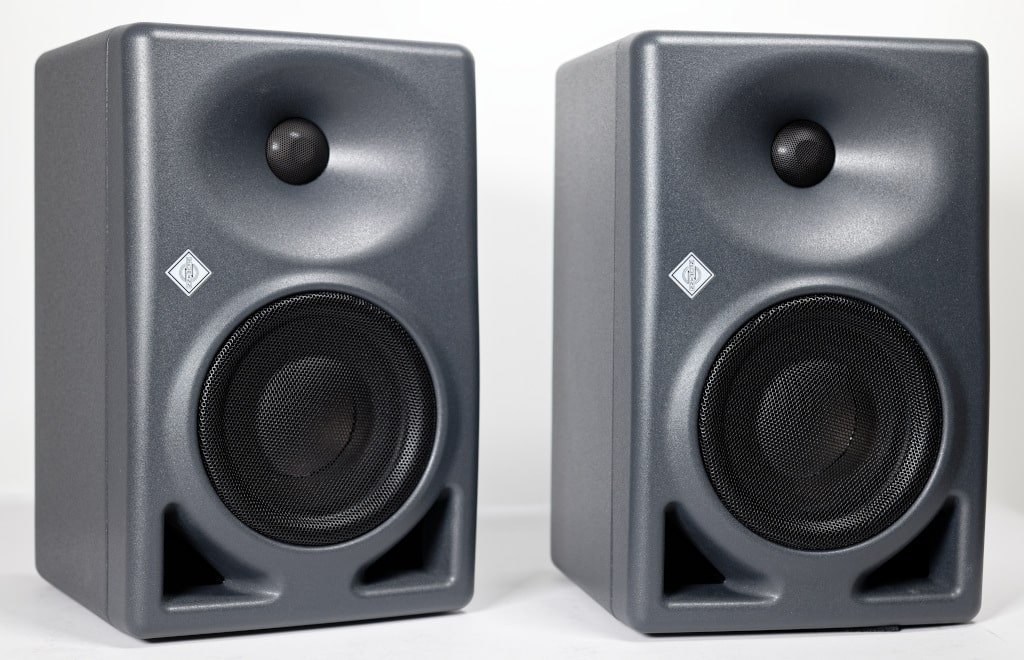Hi guys!.
I don't understand this graph @amirm
where it says that it is not suitable for near field listening?
Do you mean that if I replace my Genelec 8020 that I listen to at 0.6meters, I will have this response with this slope?
Sorry, I'm sure I'm misinterpreting something. Neumman recommends listening from 1 meter for this model, but it is hard to believe that at 0.6 meter it does not sound correctly.

I don't understand this graph @amirm
where it says that it is not suitable for near field listening?
Do you mean that if I replace my Genelec 8020 that I listen to at 0.6meters, I will have this response with this slope?
Sorry, I'm sure I'm misinterpreting something. Neumman recommends listening from 1 meter for this model, but it is hard to believe that at 0.6 meter it does not sound correctly.

